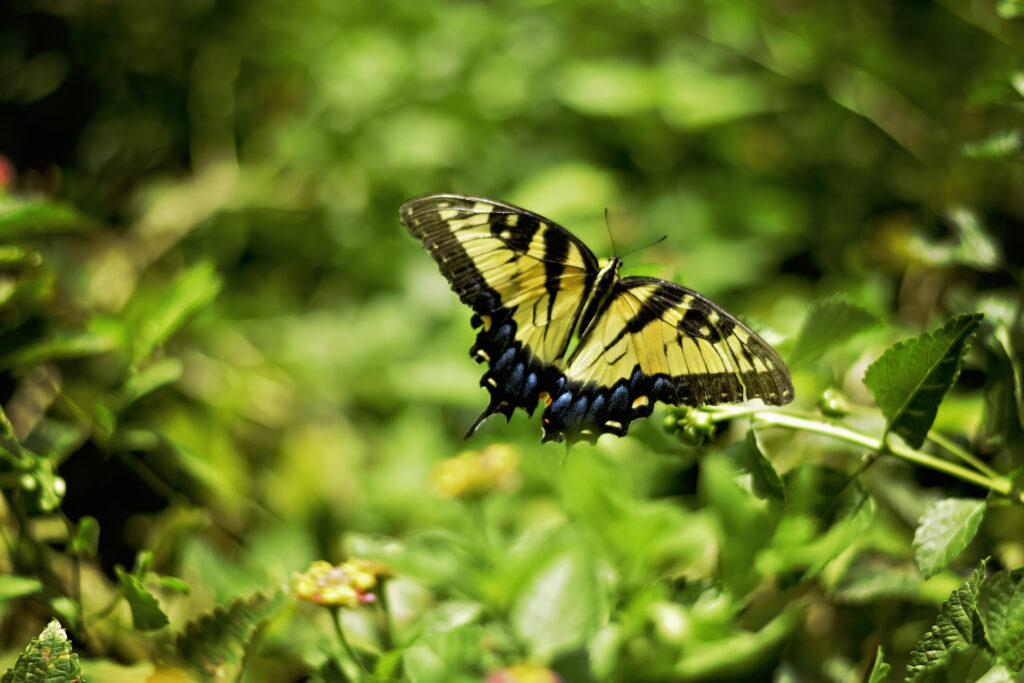September Ten Plant Tour: Ten Plants With Fragrant Foliage
go.ncsu.edu/readext?886262
en Español / em Português
El inglés es el idioma de control de esta página. En la medida en que haya algún conflicto entre la traducción al inglés y la traducción, el inglés prevalece.
Al hacer clic en el enlace de traducción se activa un servicio de traducción gratuito para convertir la página al español. Al igual que con cualquier traducción por Internet, la conversión no es sensible al contexto y puede que no traduzca el texto en su significado original. NC State Extension no garantiza la exactitud del texto traducido. Por favor, tenga en cuenta que algunas aplicaciones y/o servicios pueden no funcionar como se espera cuando se traducen.
Português
Inglês é o idioma de controle desta página. Na medida que haja algum conflito entre o texto original em Inglês e a tradução, o Inglês prevalece.
Ao clicar no link de tradução, um serviço gratuito de tradução será ativado para converter a página para o Português. Como em qualquer tradução pela internet, a conversão não é sensivel ao contexto e pode não ocorrer a tradução para o significado orginal. O serviço de Extensão da Carolina do Norte (NC State Extension) não garante a exatidão do texto traduzido. Por favor, observe que algumas funções ou serviços podem não funcionar como esperado após a tradução.
English
English is the controlling language of this page. To the extent there is any conflict between the English text and the translation, English controls.
Clicking on the translation link activates a free translation service to convert the page to Spanish. As with any Internet translation, the conversion is not context-sensitive and may not translate the text to its original meaning. NC State Extension does not guarantee the accuracy of the translated text. Please note that some applications and/or services may not function as expected when translated.
Collapse ▲The monthly Ten Plant Tours at the Nash County Arboretum offer a chance to learn about ten plants on the grounds that share a common characteristic and how that shared trait affects how we use or experience the plants in our gardens and landscapes.
The September tour focused on plants with fragrant foliage. Plants that have fragrant foliage provide an extra sensory experience in the garden. If the fragrance is pleasant, such as is the case for many of our garden herbs, we might choose to locate those plants in high traffic areas in the garden so that we can experience their aroma often. If the fragrance is not so pleasant, we may try to avoid using those plants in our landscapes, or perhaps only use them if they have other positive traits, such as pretty flowers or berries. Some plants with fragrant foliage may have some pest repellant properties- deer and rabbits seem to resist grazing on many herbs, for example, and plants like citronelle or scented geranium are often touted to keep mosquitoes away. Your experience in your garden may vary in this regard.
The following are the ten plants covered on this month’s tour. Be sure to visit the NCSU Plant Toolbox entry for each plant in order to learn more.
Lantana camara, Common lantana– Very heat and drought resistant. Most lantana are annuals. Miss Huff is one of the few reliable perennial varieties. ‘Ham and Eggs’ is a borderline perennial in our area. Lantana are found in various locations throughout the arboretum, including the Pollinator Garden, the Terraced Garden, and the containers surrounding our new Rock Garden. Leaves have a somewhat citrus-y smell, but usually smell more like fermented citrus than fresh citrus.
Illicium floridanum, Anise tree aka anise shrub– I. floridanum leaves have an anise or licorice-like odor when crushed, which is pleasant unless you are averse to licorice. It has interesting strap-shaped or spider-like flowers, which are attractive and unique, though usually not plentiful. Unfortunately the aroma of the flowers is not as charming as the fragrance of the foliage. Illiciums are found in the Woodland and Terraced Gardens at the Nash County Arboretum.
Myrica cerifera, Wax myrtle– Tall shrub that can be pruned up to form a small tree. Good for use as hedge. Bayberry candles and tea derived from leaves of M. cerifera and M. pennsylvanica. Wax myrtle is found along the streambank along the edge of the Woodland Garden at the Nash County Arboretum.
Magnolia virginiana, Sweetbay magnolia– white flowers are attractive, but smaller and generally less impactful than many other magnolia species. Flowers and leaves fragrant, though in truth flowers are much more powerful . Grayish underside of leaf gives nice visual effect when leaves blow in wind. Our sweetbay magnolia is in the Woodland Garden.
Tsuga Canadensis, Eastern hemlock– evergreen conifer native throughout eastern U.S. and Canada. Not frequently seen in, or well-suited for, Eastern NC due to heat and humidity. Important plant for several native bird and mammal species, and was used for many medicinal purposes by Native Americans. Species is threatened by wooly adelgid insect and susceptibility to wildfire. Our hemlock is in the shade outside the Woodland Garden
Lavandula spp., Lavender– popular aromatic herb that is better suited to cooler climates than eastern NC. Used to make oils, potpourris, decorative arrangements where fragrance is desired. Spanish lavender (L. stoechas) performs better for us than English lavender (L. angustifolia), though fragrance is not quite as powerful. Grown in sunny, dry locations. Be careful pruning. You’ll find lavendar in our Screen Garden at the Nash County Arboretum
Monarda didyma, Bee balm– Spreading perennial, generally 2-3 feet tall and wide. Flowers red, purple, pink, and white. Blooms composed tubular, flaring petals originating from a common center. Can be an aggressive spreader. A member of the mint family; leaves have a minty fragrance. Bee balm has made a nice home in the Pollinator Garden at the Nash County Arboretum.
Salvia rosmarinus (formerly known as Rosemary officinalis), Rosemary– shrub 2-4 feet high and wide. Culinary herb that emits fragrance whenever touched. Great accent plant in gardens even if you never cook with it. Small blue flowers. We have a large rosemary shrub at the the top edge of the Pollinator Garden along the parking lot.
Salvia spp., Sage– wide variety of plants in this genus are used in our gardens, most of which have aromatic leaves. These include Salvia greggii (Texas sage), Salvia gaurantica (Anise sage) Salvia leucantha (Mexican bush sage), Salvia elegans (Pineapple sage) and Salvia officinalis (culinary sage). Many of these species can be found in our Pollinator Garden.
Nepeta racemosa, Catmint– spreading perennial with gray foliage and lavender flowers throughout most of year. ‘Walker’s Low’ selected as 2007 Perennial Plant of the Year. Another member of the mint family. Do not confuse with catnip (Nepeta cataria), though your cat may enjoy both.





